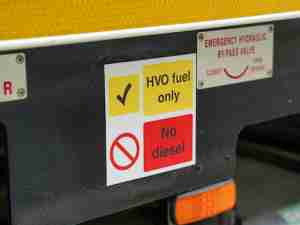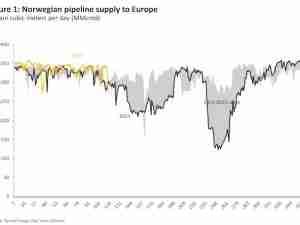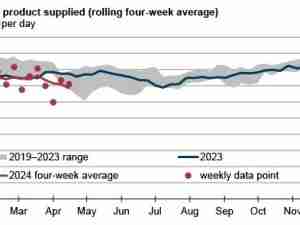Rystad Energy’s daily market comment from our Oil Markets Analyst Louise Dickson
Oil prices enjoyed a strong rally this week and rose on the back of the impressive crude storage relief in the US, so traders took advantage of the opportunity today to take profits at the end of a week of blockbuster gains.
The profit taking today should not come as a surprise. Amid high prices, the market attempts to evade the unpredictability of the weekend, both over Iran negotiations and potential cold feet ahead of the coming OPEC+ meeting.
The coming OPEC+ meeting could in theory result in a significant supply comeback from August and traders tried to shield their portfolios ahead of any definitive news.
If an Iran deal is prioritized and a deal brokered, the news will put a bearish dent in oil prices, but the actual lifting of sanctions and return of 1 million bpd of Iranian barrels would likely materialize well after any deal announcement.
Any positive developments in Iran talks would add a cherry to what could be a bearish OPEC+ cake.
Nevertheless, even though supply will increase going forward, a bearish development, the effect will not be destructive for prices, as demand is also rising and will absorb the extra barrels, so any price reaction will be limited.
The deepening backwardation structure in the futures curves is so far sustained by the expectation that the demand pop has been set in motion, and that oil demand will grow by at least 3 million bpd by the end of summer.
Looking at the bigger picture, prices are at multi-year highs, and there seems to still be a bit of room for more speculative growth, as Brent net long positions have only increased to 312,000 contracts, versus the high of 350,000 contracts reached in February 2021 ahead of the most recent $5 per barrel price correction.
The tighter crude market is justified by our in-house supply-demand balances, which for crude indicate a 570,000 bpd implied stock draw over 3Q21.
The continued emptying of crude inventories will keep the oil market tight, but as long as storage levels remain in the middle of 5-year averages in key regions for OPEC+ barrel deliveries, the group will likely prefer to stay behind the demand curve, rather than ahead of it as long as Brent doesn’t surpass $80 per barrel.
By playing catch-up with demand instead of going all in with a supply increase a la summer 2018, OPEC+ could give itself more flexibility for market disruptions such as the potential return of Iranian barrels, slipping compliance from Russia and Iraq, and a possible mini supply surge from US shale.
However, OPEC+ has not yet provided guidance beyond July 2021. We believe that marginal supply increases in August and September could be a more prudent approach for the alliance, but members may have other ideas, especially while looking at the revenues that could come amid the current price levels.










